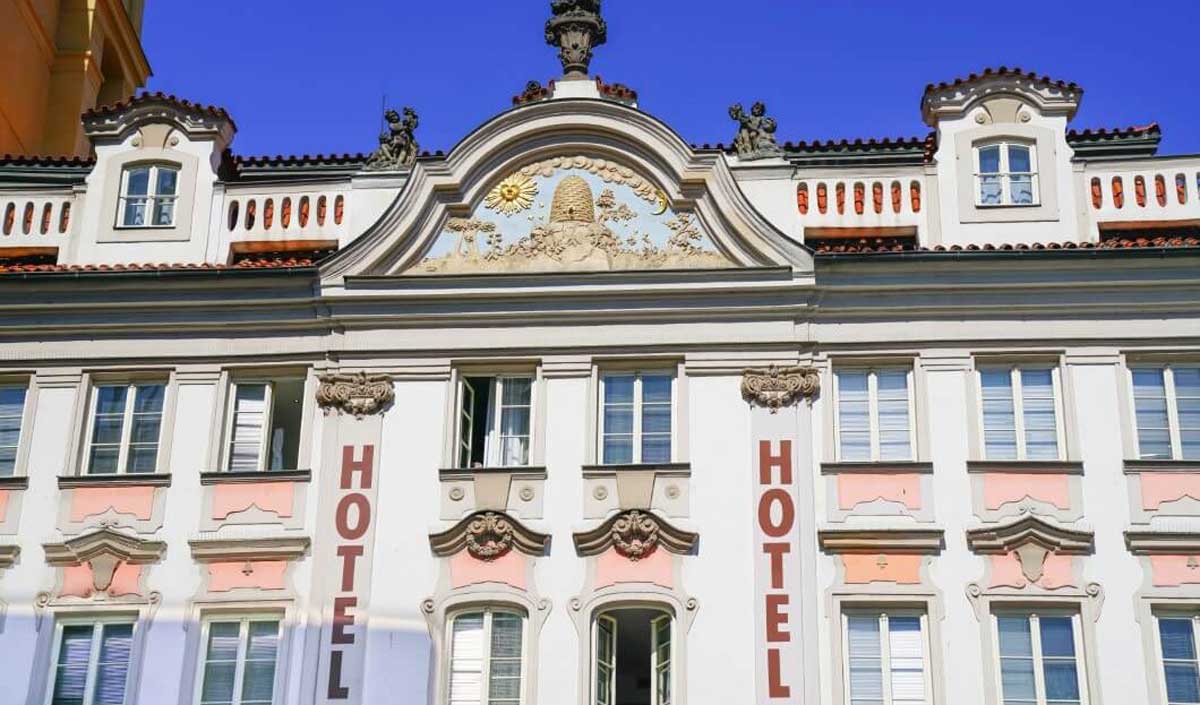European countries one after another announce the end of the Covid-19 pandemic and the lifting of travel restrictions to the delight of tourism industry professionals.
The Czech Republic, a small but very popular tourist destination in the center of Europe, is also among the countries taking a more liberal approach to the pandemic as the number of infections continues to fall.
All travel restrictions lifted
As of April 9, the Czech Republic no longer requires a vaccination certificate or pre-flight testing to enter the country. In other words, entry now does not require any special epidemiological conditions.
At the same time, internal restrictions are also practically absent. There are no restrictions on the number of visitors in museums and restaurants, and masks are no longer mandatory indoors and on public transport.
Signs of tourism recovery
Sales in the service sector remain above the 2019 average for the second month in a row, experts say. Tourism-related services posted a slight monthly increase in March.
While hotels still only account for 55% of the profit generated in 2019, it should be noted that the Omicron option has had only a marginal impact on the accommodation sector.
Restaurants are also experiencing a renaissance and, unlike hotels, this segment is “only” 24% below 2019 levels.
Hotel occupancy lower than expected
However, despite the lifting of travel restrictions and signs of recovery, the overall picture continues to look worse than many in the industry expected.
Experts attribute the not-so-favorable development as a result of the war in Ukraine and high inflation. The price increase affected a total of 68% of the hotels. Almost a third of the hotels have not yet raised prices, but, according to experts, they will have to do this step no later than the end of May.
During the Easter holidays, half of the hoteliers assume that their room stock is more than 80% occupied. Less than a third should be occupied from 50 to 80%. However, Easter is perhaps the only exception. “The spring season is not off to a good start for hoteliers, with the exception of four days during Easter, when almost everywhere will be crowded. However, the average hotel occupancy in April will not exceed 50%,” said Vaclav Starek, president of the Association of Hotels and Restaurants (AHR).

